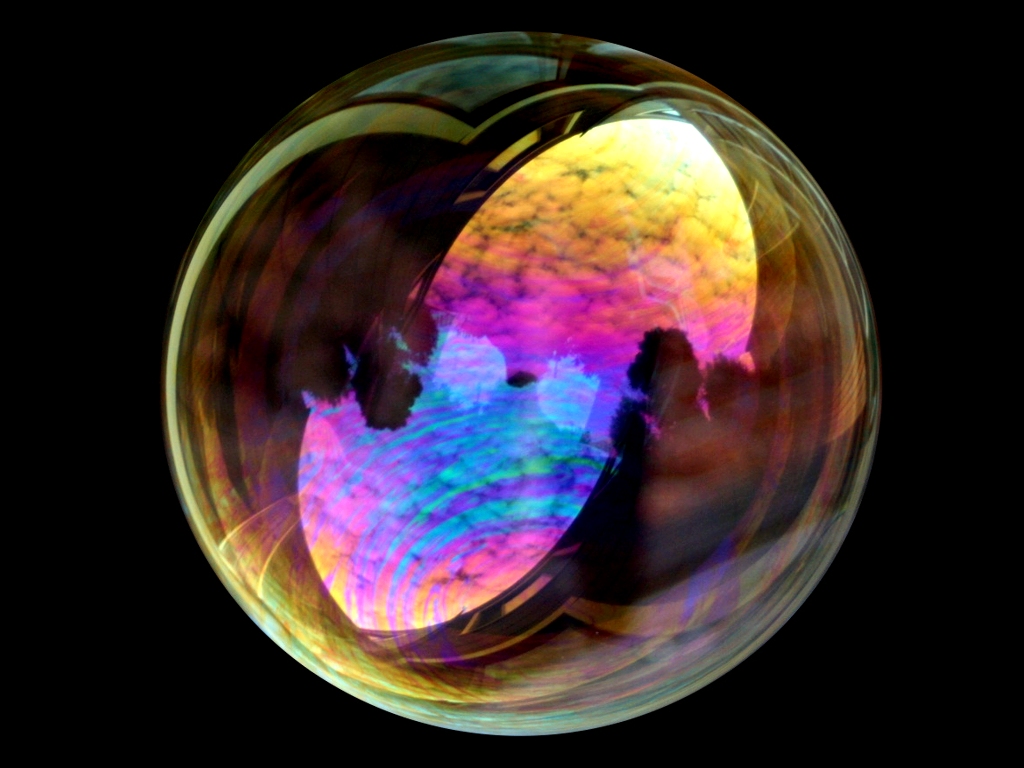For Teachers
Below are suggested alignment between this activity and concepts in the Next Generation Science Standards.
Performance Expectations
- 4-PS3-2: Make observations to provide evidence that energy can be transferred from place to place by sound, light, heat, and electric currents.
- MS-PS4-2: Develop and use a model to describe that waves are reflected, absorbed, or transmitted through various materials.
Disciplinary Core Ideas:
PS3.A: Definitions of Energy
4th Grade
- Energy can be moved from place to place by moving objects or through sound, light, or electric currents.
PS3.B: Conservation of Energy and Energy Transfer
4th Grade
- Light also transfers energy from place to place.
PS4.B: Electromagnetic Radiation
Middle School
- When light shines on an object, it is reflected, absorbed, or transmitted through the object, depending on the object’s material and the frequency (color) of the light.
- The path that light travels can be traced as straight lines, except at surfaces between different transparent materials (e.g., air and water, air and glass) where the light path bends.
- A wave model of light is useful for explaining brightness, color, and the frequency-dependent bending of light at a surface between media.
Please click on the PDF below for a more detailed description of how this activity ties to NGSS
Download PDF

